#hachinohe
Explore tagged Tumblr posts
Text











2nd Aug., 2024
115 notes
·
View notes
Text

64 notes
·
View notes
Text
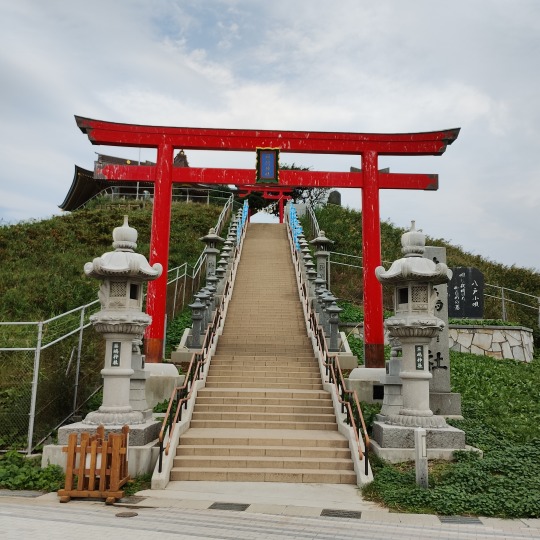
Kabushima Shrine, Hachinohe, 3
16 notes
·
View notes
Text

HACHINOHE, JAPAN.
19 notes
·
View notes
Text



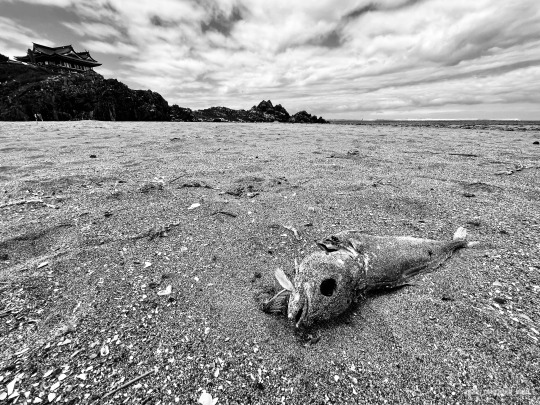

Hachinohe city, Aomori pref.
Jun. 3-4, 2022.
My YouTube channel, List: MCT2022TKHKISI
#Photography#Photo#Landscape photography#Black and White photography#Monochrome photography#Black and White#Monochorome#Michinoku Coastal Trail 2022 TKHKISI#Landscape#Aomori#Hachinohe#Tohoku Region#Hiking trip#bnw
6 notes
·
View notes
Text
Allision in Hachinoche
Allision in Hachinoche; no injuries #japan #maritime

View On WordPress
0 notes
Text
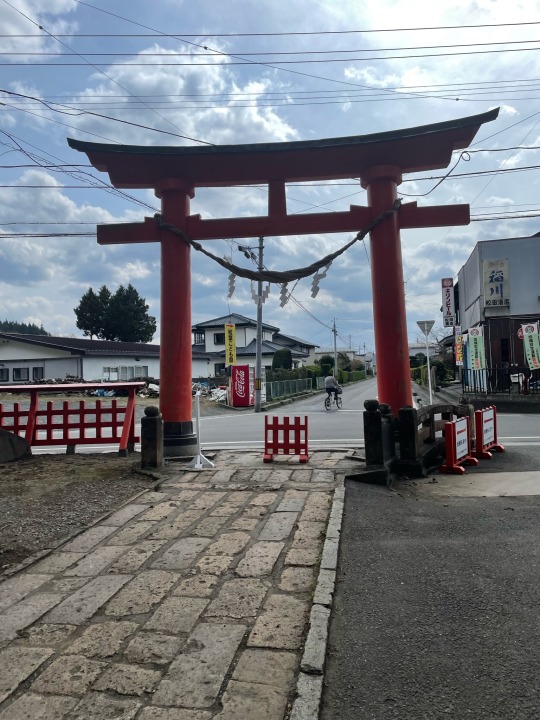
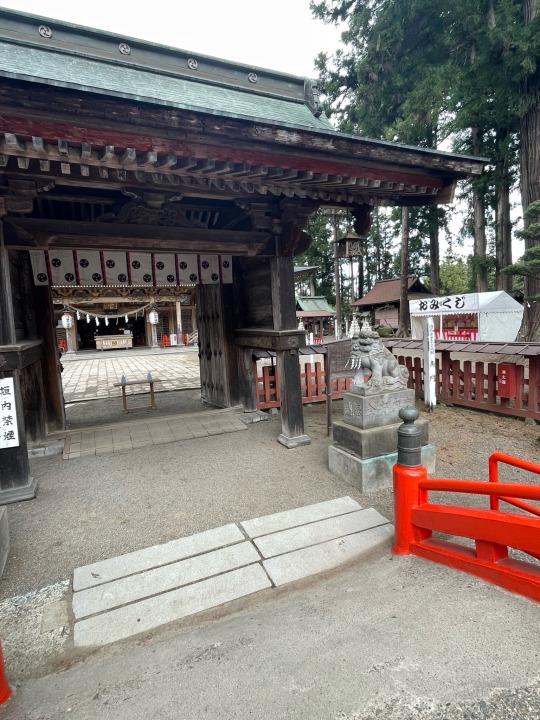

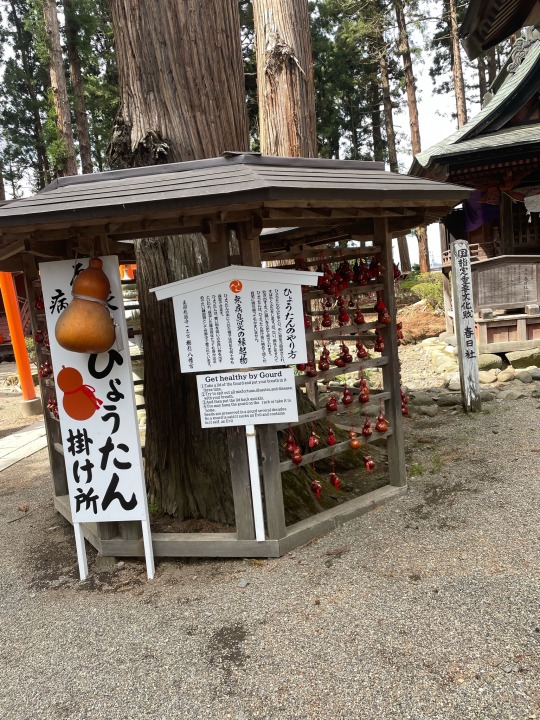



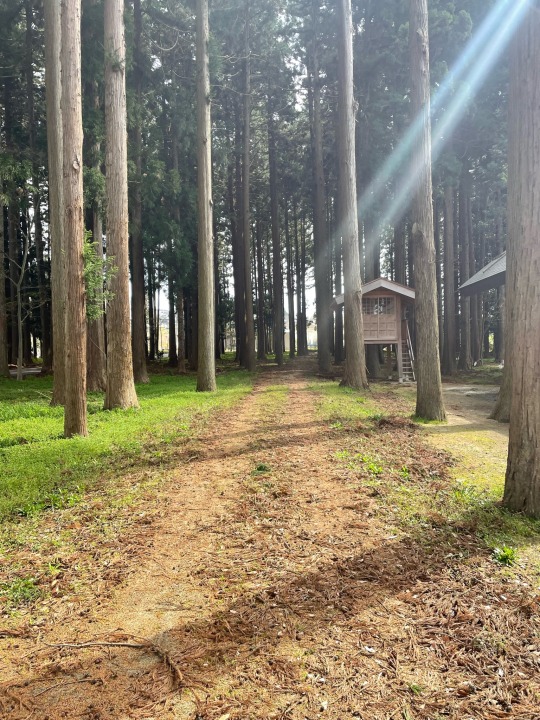
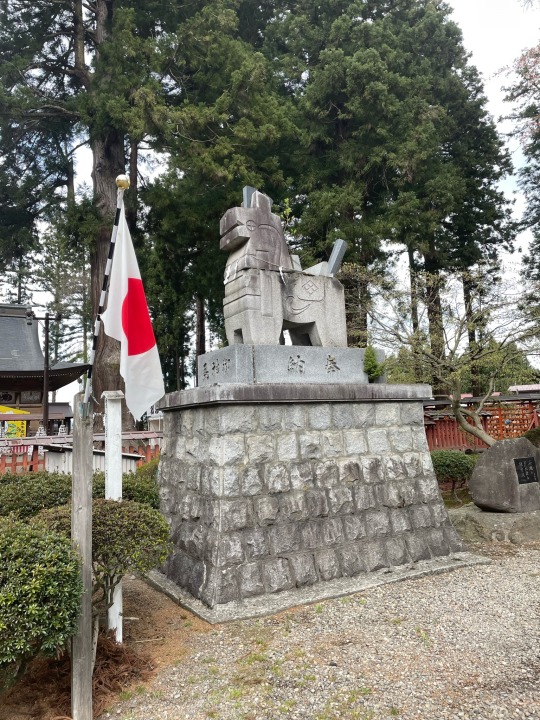
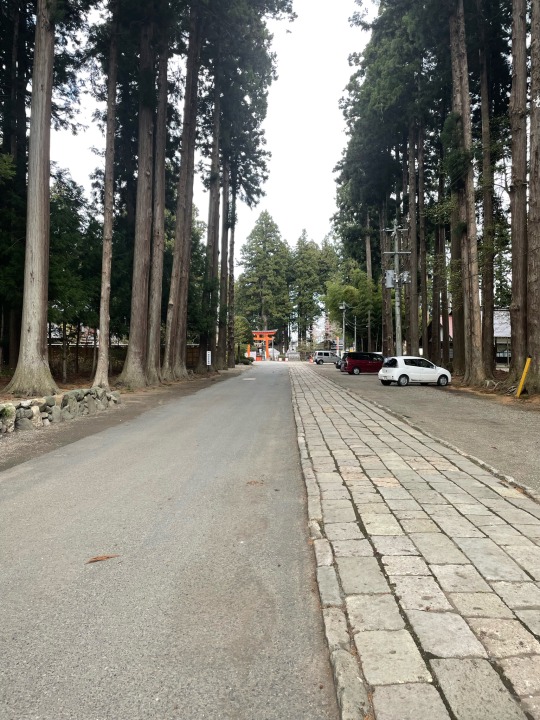
Kushihiki Hachimangu Shrine
0 notes
Text

アメブロを投稿しました。
『【ジャパンカップ】 H.C.栃木日光アイスバックス vs 東北フリーブ��イズ【GAME2】』
#ICEBUCKS
#アイスバックス
#アジアリーグジャパンカップ
#FLATHACHINOHE
#東北フリーブレイズ
https://ameblo.jp/porter610/entry-12877275070.html
0 notes
Text

source
1 note
·
View note
Text

0 notes
Text







2nd Aug., 2024
58 notes
·
View notes
Text

38 notes
·
View notes
Text

Miroku Yokochou, Hachinohe, 4
6 notes
·
View notes
Text
[News of Jesus] came from Japan later, in 1933, when a Shinto priest in the Ibaraki Prefecture discovered written documents that turned out to be the last will and testament of Jesus Christ. What's more, the papers (which disappeared just before the outbreak of World War II) identified the nearby village of Shingo in Aomori Prefecture as his last resting place. Jesus, it turns out, did not die on the cross - that was his previously unreported brother Isukiri, who had secretly taken his place. As Isukiri suffered the crucifixion, Jesus secretly fled for Japan, taking with him his brother's severed ear and a lock of the Virgin Mary's hair as keepsakes. On a journey of four years, he crossed the Siberian tundra to reach Alaska, then sailed for Hachinohe, and finally reached Shingo. There, he made a fake identity for himself and enjoyed a quiet life, marrying a farmer's daughter named Miyuk and raising three children, farming garlic and tending to those in need. Described as bald with features of a 'long-nosed goblin', Jesus Christ died in Japan at the age of 106... The most remarkable aspect of this story is that you can visit the grave of the Japanese Jesus to this day...The villagers of Shingo are certain of their godly heritage. "I'm not really planning anything at all for the 25th of December, as it doesn't really matter to us," a 52 year old villager named Junichiro Sawaguchi told a reporter in 2008. "I know I am descended from Jesus, but as a Buddhist, it's just not all that important."
Edward Brooke-Hitching, The Madman's Library: The Strangest Books, Manuscripts and Other Literary Curiosities from History
343 notes
·
View notes
Text

'Hachinohe-Same' (1933) by Kawase Hasui (Japanese, 1883–1957).
Published by Watanabe Shôzaburô.
Woodblock print.
Image and text information courtesy MFA Boston.
191 notes
·
View notes
Text

A number name today! The surname 三戸 is read Mito here, but it can also be Sannohe or Sando. It belongs to about 7000 people.
三 means three. It's read み, み.つ, みっ.つ, サン, or ゾウ.
戸 means door. It's also the counter for houses. It's read と or コ.
Also, as a bonus, some geographical facts! 三戸 Sannohe is also a place, one of eight sequentially-named towns and cities up north in Iwate and Aomori! Here they all are on a map!

It goes from 一戸 Ichinohe to 九戸 Kunohe, but if you count the markers, you'll notice there are only eight, not nine. Why? I'd assumed it was 四・死 superstition but apparently there's a historical reason instead!
Centuries ago, there *was* a town called 四戸 Shinohe, but in 1591, it took up arms in a rebellion against Toyotomi Hideyoshi. They were defeated (they had 5,000 soldiers; he sent 60,000), and the territory was then divided up and reallocated to Sannnohe and Hachinohe. Shinohe was no more.
Fast forward to the Great Heisei Mergers ('90s and 00s), and Shinohe did almost make a comeback. Japan's population distribution was in flux, and rural areas particularly were struggling with depopulation and access to facilities and services (still a big problem today—a really big problem, actually). The government started to reorganize smaller communities, having them merge or absorb each other. (They also did this during the Meiji and Shōwa periods.)
In Aomori, the number of municipalities went from 67 to 40, and one of the newly formed towns—an amalgamation of 南部町 Nanbu-chō, 名川町 Nagawa-machi, and 福地村 Fukuchi-mura—did consider adopting the name Shinohe. Ultimately, though, it lost in a vote to 南部町 Nanbu-chō, which is understandable, tbh. Better stick with something people already know than give your struggling community a new name whose pronunciation is indistinguishable from "Death's Door." Actually, maybe the reason Shinohe doesn't exist today has a little to do with superstition after all.
73 notes
·
View notes